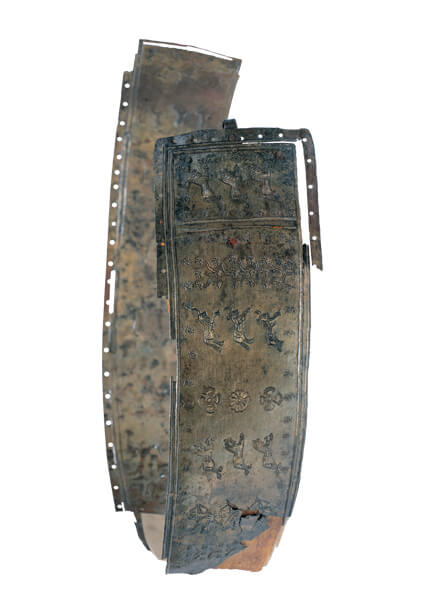Urartian bows are the artifacts that give important information about Urartian religion, mythology and social life with both the quality of the metal workmanship and the ornaments on it. From the depictions on bows and medallions and bronze plates, a number of inferences can be made from the Urartians to their clothing, casual life and social status. It is generally accepted that thin belts are used by women and thicker ones by men. War, soldiers, mythological human and animal depictions on the thick bows and samples with dot and notch decorated strips are seen. Narrative scenes can be seen on thinner arches which are thought to belong to women. The repeating scenes again extend in several rows in the strips. In these examples, decorated horse-drawn carriages carrying bride dowery, banquet scenes, instrument and actors, tree of life grafting and submittal scenes, multi-storey buildings pointed topalace or residence is shown in a certain fiction framework. There are some doubts about the Urartian identity of such bows, which brought to museums through purchasing majority. They were not found in scientific archaeological excavations in the geography of Urartu. The bows found out in the excavations in Urartu reflect an ornamental understanding created by repeating mostly single figures placed between horizontal bands.
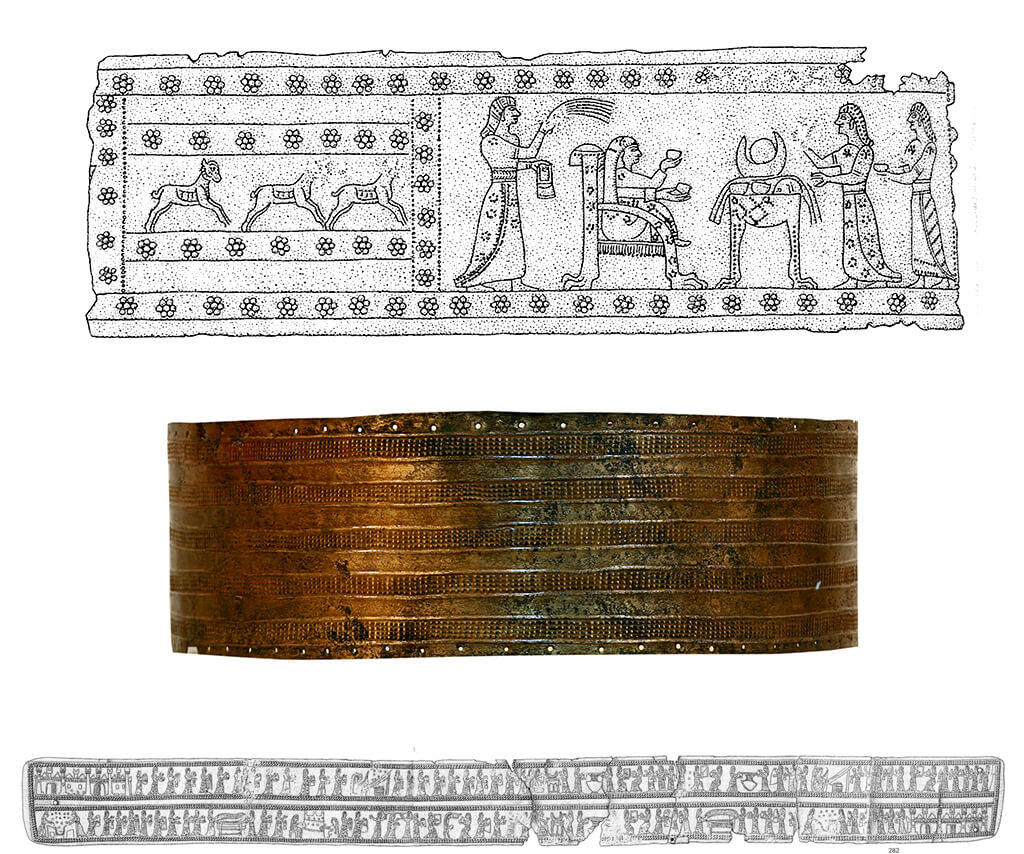
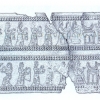
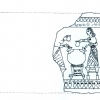

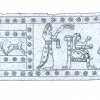
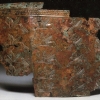
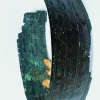
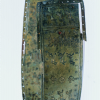
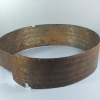
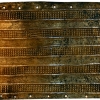
BRONZ KEMER
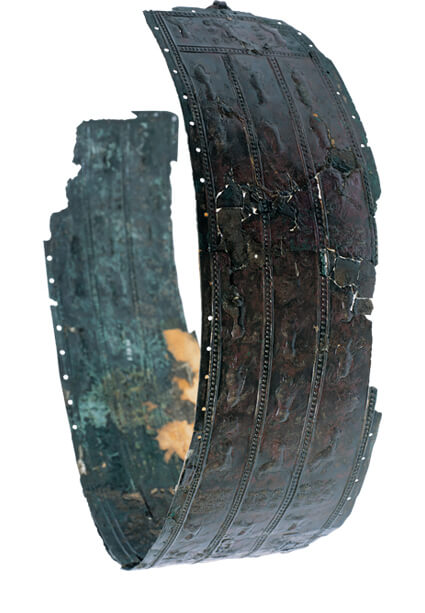
BRONZ KEMER
